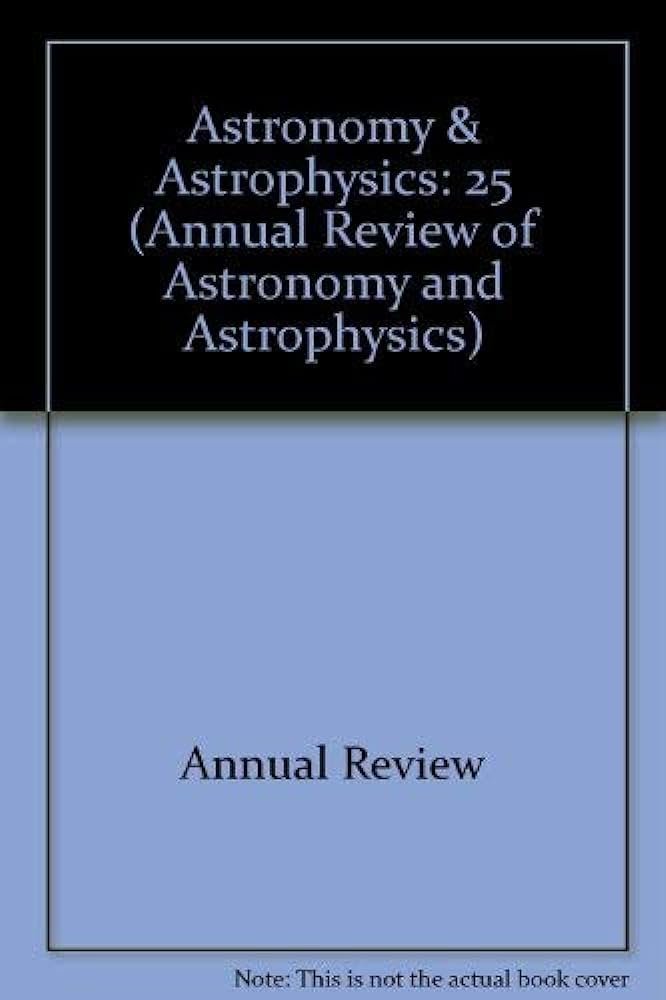New View of the Solar Chromosphere
IF 32.5
1区 物理与天体物理
Q1 ASTRONOMY & ASTROPHYSICS
Annual Review of Astronomy and Astrophysics
Pub Date : 2019-08-27
DOI:10.1146/ANNUREV-ASTRO-081817-052044
引用次数: 56
Abstract
The solar chromosphere forms a crucial, yet complex and until recently poorly understood, interface between the solar photosphere and the heliosphere. ▪ Advances in high-resolution instrumentation, adaptive optics, image reconstruction techniques, and space-based observatories allow unprecedented high-resolution views of the finely structured and highly dynamic chromosphere. ▪ Dramatic progress in numerical computations allows 3D radiative magnetohydrodynamic forward models to take the place of the previous generation of 1D semiempirical atmosphere models. These new models provide deep insight into complex nonlocal thermodynamic equilibrium chromospheric diagnostics and enable physics-based interpretations of observations. ▪ This combination of modeling and observations has led to new insights into the role of shock waves, transverse magnetic waves, magnetic reconnection and flux emergence in the chromospheric energy balance, the formation of spicules, the impact of ion-neutral interactions, and the connectivity between chromosphere and transition region. ▪ During the next few years, the advent of new instrumentation (integral-field-unit spectropolarimetry) and observatories (ALMA, DKIST), coupled with novel inversion codes and expansion of existing numerical models to deal with ever more complex physical processes (including multifluid approaches), is expected to lead to major new insights into the dominant heating processes in the chromosphere and beyond.太阳色球层的新观点
太阳色球层在太阳光球层和日球层之间形成了一个至关重要的、复杂的、直到最近才为人所知的界面。▪高分辨率仪器、自适应光学、图像重建技术和天基天文台的进步,允许对精细结构和高动态色球层进行前所未有的高分辨率观察。■数值计算的巨大进步使得三维辐射磁流体动力正演模型取代了上一代的一维半经验大气模型。这些新模型为复杂的非局部热力学平衡色球诊断提供了深入的见解,并使基于物理的观测解释成为可能。▪这种建模和观测的结合使我们对激波、横磁波、磁重联和通量在色球能量平衡中的作用、针状体的形成、离子中性相互作用的影响以及色球球和过渡区之间的连性有了新的认识。▪在今后几年中,新的仪器(积分场单位光谱偏振法)和观测站(ALMA、DKIST)的出现,加上新的反演代码和现有数值模型的扩展,以处理越来越复杂的物理过程(包括多流体方法),预计将导致对色球圈内外主要加热过程的重大新见解。
本文章由计算机程序翻译,如有差异,请以英文原文为准。
求助全文
约1分钟内获得全文
求助全文
来源期刊

Annual Review of Astronomy and Astrophysics
地学天文-天文与天体物理
CiteScore
54.80
自引率
0.60%
发文量
14
期刊介绍:
The Annual Review of Astronomy and Astrophysics is covers significant developments in the field of astronomy and astrophysics including:The Sun,Solar system and extrasolar planets,Stars,Interstellar medium,Galaxy and galaxies,Active galactic nuclei,Cosmology,Instrumentation and techniques,
History of the development of new areas of research.
 求助内容:
求助内容: 应助结果提醒方式:
应助结果提醒方式:


